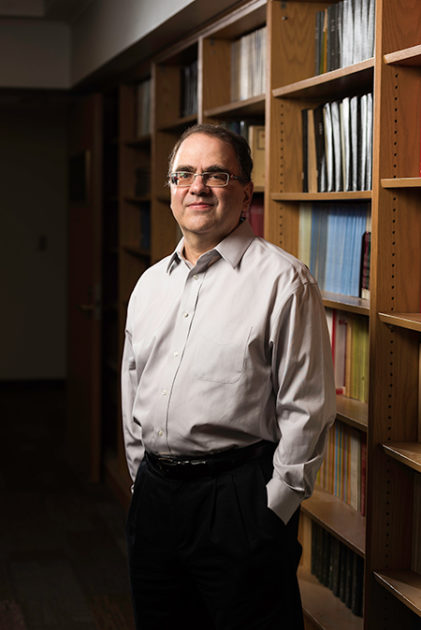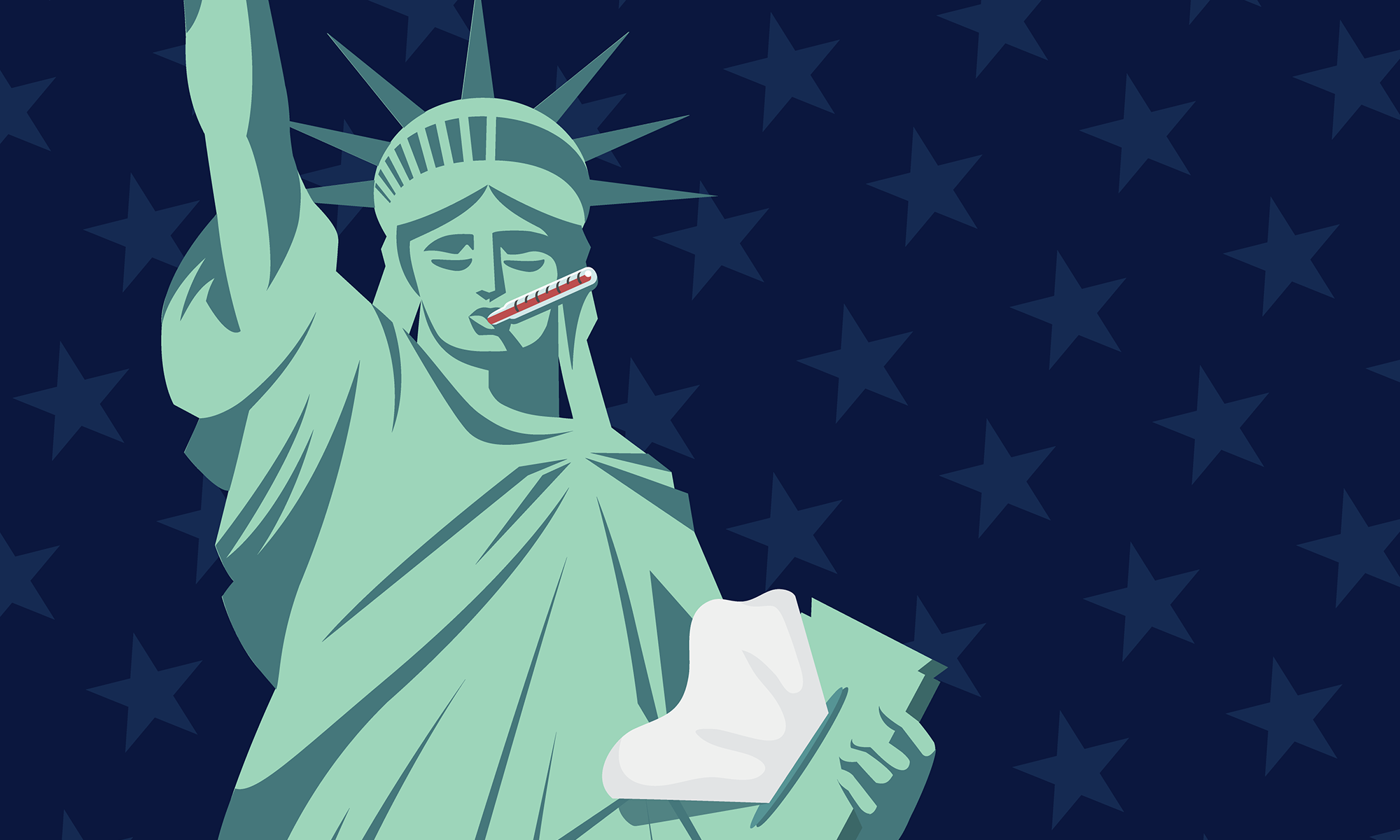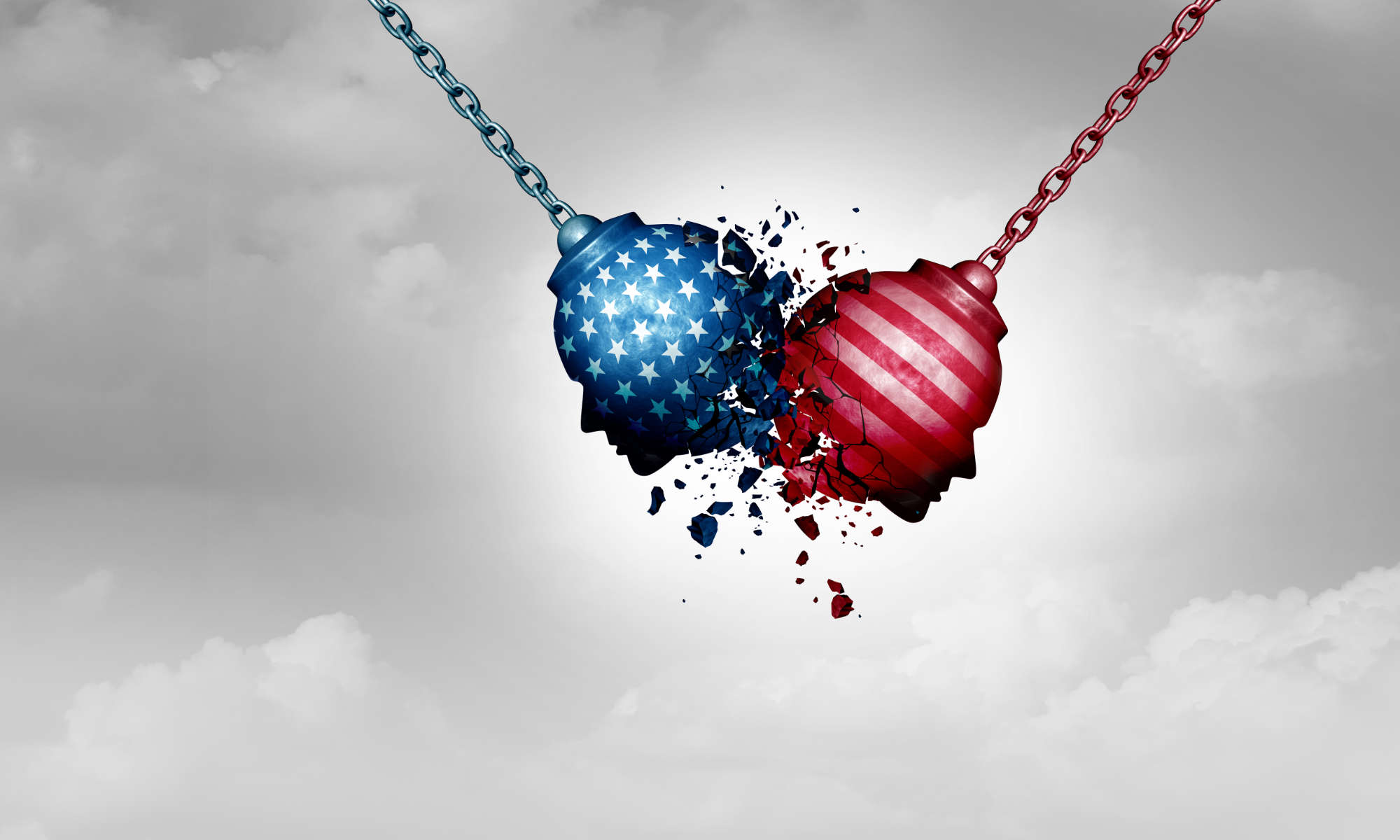As we head into a deep recession, people will have a hard time paying off their loans, according to University of Rochester economics professor Narayana Kocherlakota, a former president of the Federal Reserve Bank of Minneapolis. That’s why he wants banks to keep as much capital as possible.
“It’s unconscionable for the Federal Reserve not to block banks from paying dividends,” says Kocherlakota, the Lionel W. McKenzie Professor of Economics. The monetary policy-making Federal Open Market Committee (FOMC) meets April 28 and 29, and Kocherlakota expects them to focus less on what to do in the near term than on what monetary policy should look like once the recovery begins.
The Fed meets Tuesday. What do you think they’ll do?
The Fed is facing a daunting economic outlook with very high unemployment and low inflation. But I don’t think they’ll do much on monetary policy for the near term since much of the economy is still locked down. So I think the Fed will concentrate on what monetary policy should look like once we start the recovery. I think they’ll be focusing on the tools they used during the recovery from the Great Recession for guidance about interest rates and long-term asset purchases. They may very well decide to target long-term, as well as short-term, interest rates.

Is there anything you’d specifically like the Fed to do?
I believe that the Fed should cut interest rates by at least an additional quarter percentage point. In terms of financial regulation, it’s unconscionable for the Federal Reserve not to block banks from paying dividends. It’s clear that we’re going into a deep recession, and it’s clear many people will have a hard time making payments on their loans, especially credit card loans. As a result, banks should be keeping as much capital as they can, which means they should not be paying out dividends. The Federal Reserve has the power to put that policy into place, and they should be doing that. The government had to do much bigger bailouts in the Great Recession because it allowed banks to pay out dividends, even when it was clear that a financial crisis was nearing. I’m not saying we’re going to have a financial crisis in 2020, by any means, but the risks of having very sharp declines in bank profitability and real risks to their asset position are very clear.
How difficult will it be to set monetary policy down the road, when states will be opening up at different times?
The Fed’s calculation will be that the recovery is likely to start slowly because many states will be cautious about removing social distancing. When more stores open up, the more effective low interest rates are going to be for stimulating people to go out and buy goods and services, so that firms want to hire more workers.
Some of the big headlines lately involved the oil markets, which appear to be crashing. How concerning of a development is that?
I don’t think it’s a huge issue unto itself – it’s more a symptom of the underlying weakness in the global economy. With the virus and with the social distancing restrictions imposed in the US and other countries, there’s not as much demand for oil. While there are definitely some parts of the US that will be hurt by the decline in oil prices, much of the country will be helped by having lower gas prices.
Are you concerned about the possibility of oil company bankruptcies?
No. It’s important to understand what bankruptcies mean. Bankruptcy doesn’t mean the oil in the ground disappears or that the drills used to extract the oil vanish into thin air. It means that the lenders to the firms are going to take a loss. I don’t see that as a particular problem.
There’s a new federal agreement that will provide over $300 billion more for small businesses. How much will that help?
It won’t be enough to accomplish what Congress wants. Congress seems to want to ensure that no small business fails from this recession. To be clear, I’m not sure why that’s necessarily a desirable objective, but it seems to be what Congress wants. It’s not going to happen with this amount of money. Some businesses will point out they’re still in trouble, and Congress will be responsive to that.
The stock market is showing signs of life. What does the uptick tell us?
It tells us that the market is confident that the government stands ready to print lots of money to ensure that companies, including very big ones, can keep repaying their debt. And investors are probably right about that.
Is printing lots of money a good thing?
The idea of helping out people who lost their jobs through no fault of their own is long-standing in macro and microeconomics. From a micro point of view, these are people who need insurance, since it’s not always possible for them to insure themselves against risks. From a macro point of view, giving them money means they’re going to spend, which helps the economy at a time when we need spending.
It’s not at all clear, however, that businesses will spend. There’s no requirement on the loans made to large corporations that they should spend their money. I think they’re most likely to sit on it. There’s also no guarantee that the large companies need to keep their workers employed. I find it quite puzzling that the vision of many in Congress is that we need to keep large corporations alive because they’re the key to American economic success. That’s a new line of thought from how we’ve confronted recessions in the past.
New unemployment insurance claims over the past five weeks have reached 26 million and are rising. How accurately does that figure reflect the actual number of people who are unemployed?
That’s an accurate figure about how many people are claiming unemployment benefits. But the official unemployment rate is based on a survey done by the Bureau of Labor Statistics on a monthly basis asking people if they have a job, and if they don’t have a job, if they’ve looked for one in the past four weeks. The unemployed consist of those people who say yes to that last question.
We’re heading into an environment where many people who don’t have jobs will not be actively looking for work, because they know that there aren’t many jobs right now. As a result, I believe that we’re likely to see less of an increase in the official unemployment rate than many expect.
This is consistent with a paper that came out recently out of the National Bureau of Economic Research (by Yuriy Gorodnichenko, Olivier Coibion, Michael Weber). They used another data source to show that many people who lost their jobs are not unemployed in the sense of actively looking for work. They are instead what we call in economics, “out of the labor force.” This suggests that we may not see as large an increase in the unemployment rate during the lockdown phase. But as the economy recovers there may actually be an increase in the rate as people start to look for jobs. And the increase in the unemployment rate will be a sign that something good is happening.




